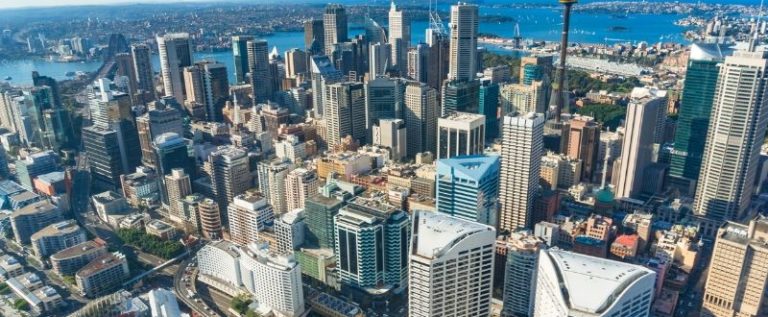E - PAPER
Australia Housing to Rise 10% in 2021
Australian house prices will advance 10% this year, fueled by low interest rates and improved sentiment, but there are risks ahead including a potentially more hawkish Reserve Bank, Goldman Sachs Group Inc. said. The outlook
 BY
Realty Plus
BY
Realty Plus
Published - Saturday, 06 Mar, 2021

Australian house prices will advance 10% this year, fueled by low interest rates and improved sentiment, but there are risks ahead including a potentially more hawkish Reserve Bank, Goldman Sachs Group Inc. said.
The outlook for residential construction and turnover has also strengthened in recent months, Goldman said in a research note released on 5th March. Combined with positive wealth effects, it estimates the housing industry’s “overall impulse to annual GDP will be around +1 percentage point” over the next few years.
“This outlook assumes that immigration normalizes to pre-Covid levels in 2022 and the RBA does not hike the cash rate until 2H2024,” wrote Andrew Boak, Goldman’s chief economist for Australia. “More prolonged border restrictions or an earlier-than-expected tightening in monetary policy pose downside risks.” Further out, Goldman sees house prices rising 5% in 2022 and 3% in 2023.
Australia’s housing market has gathered strength as the economy recovered, with February recording the biggest monthly price gain in 17 years. While property is also surging from Singapore to Canada and the U.S., a return to boom times Down Under threatens to swell already elevated household debt. Boak is “particularly mindful” of the potential for RBA Governor Philip Lowe to turn hawkish over the next few years “amid renewed concerns around housing debt levels and ‘macro-stability’ risks,” the note said. “For now, however, we expect the RBA to remain dovish and focus on achieving its targets for inflation and unemployment, and to de-emphasize risks around rising house prices.”
Australian housing took off after the central bank slashed rates to a record low and said they’re likely to stay there for at least three years. The boom makes it harder for young people to get a foot on the property ladder, with Sydney the world’s third-least affordable market, and Melbourne the sixth, a report last week showed. There is also the potential for tighter macroprudential policies “beyond the next year or two if investor mortgage growth picks up materially,” Boak said, citing other risks.
RELATED STORY VIEW MORE
TOP STORY VIEW MORE

Mixed Outlook for Australia's Housing Sector In 2024
Mixed Outlook for Australia's Housing Sector In 2024
05 December, 2024NEWS LETTER
Subscribe for our news letter
E - PAPER
-

CURRENT MONTH 
LAST MONTH














